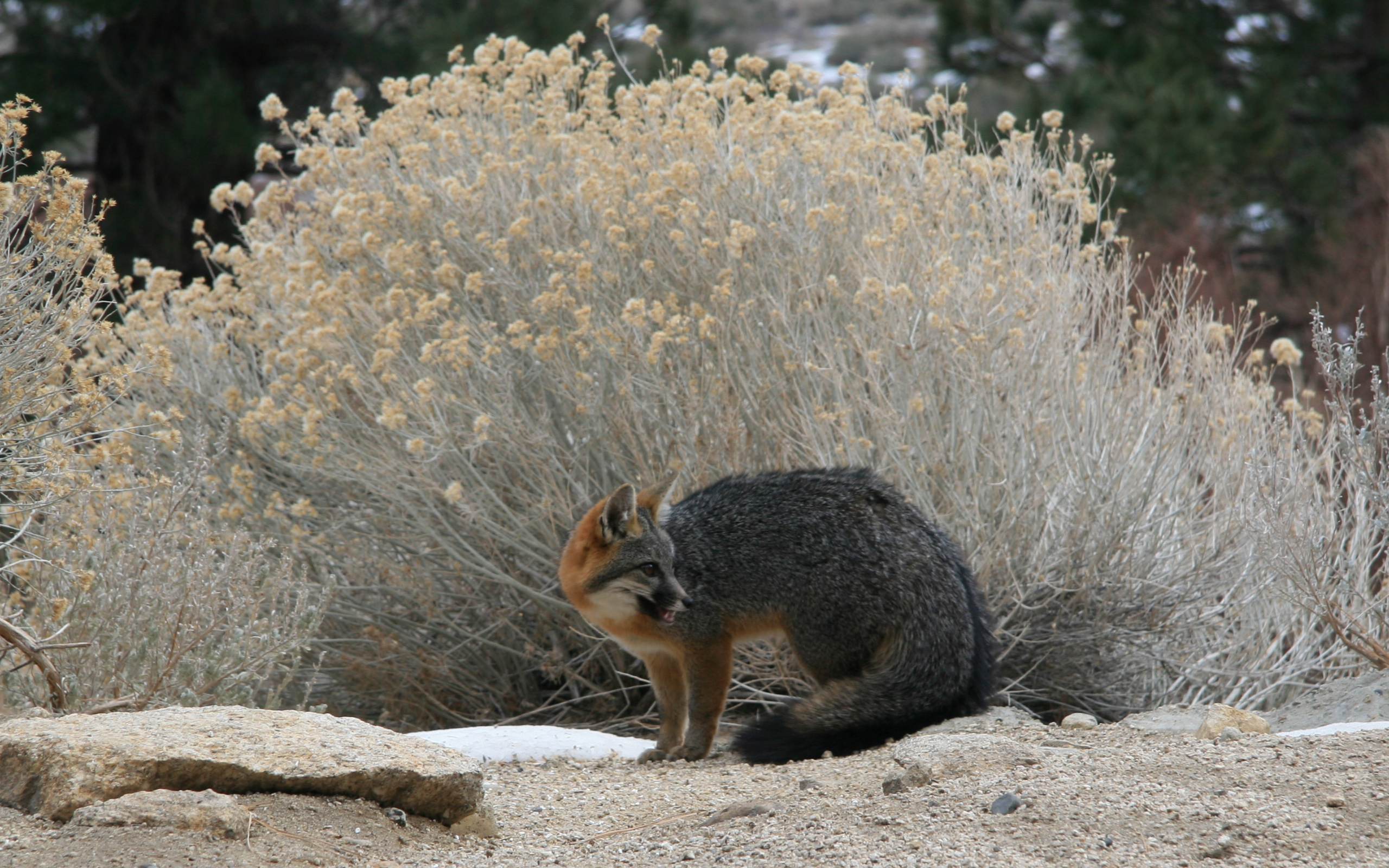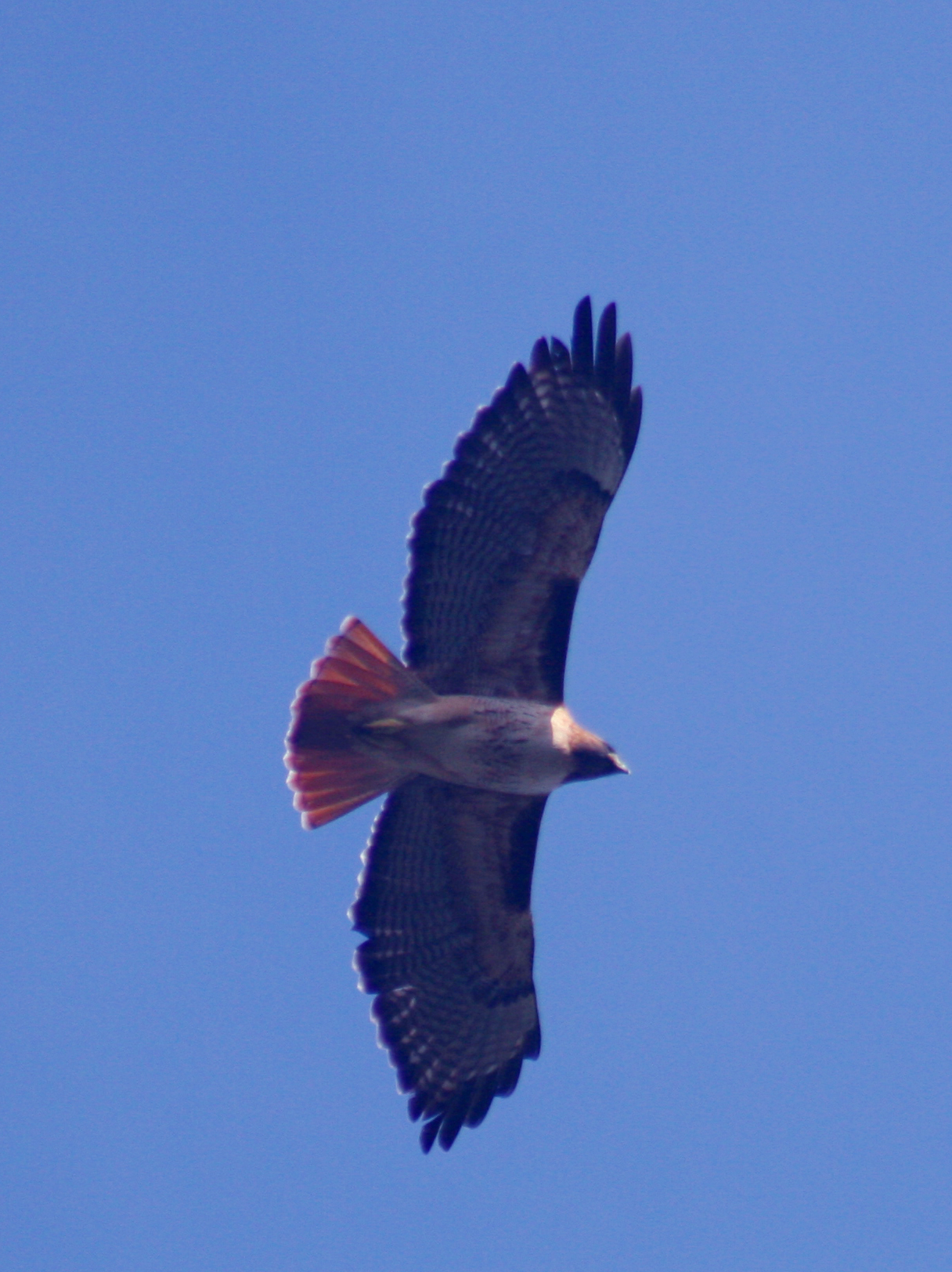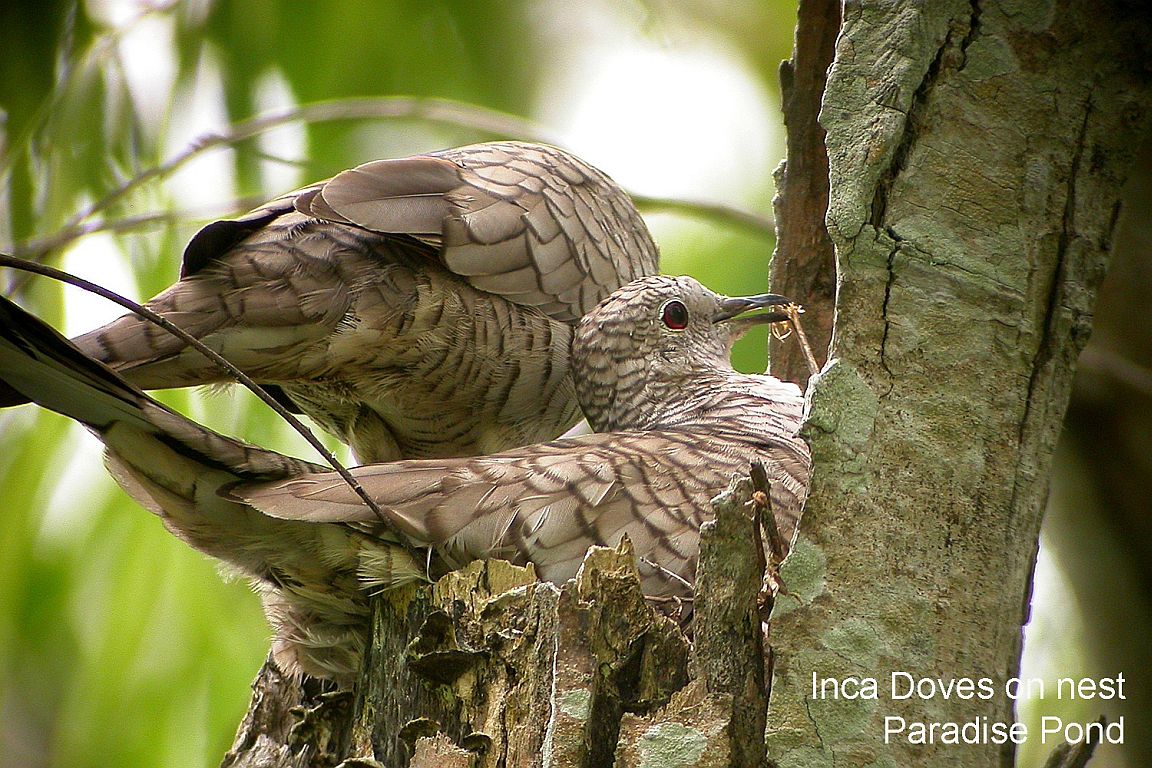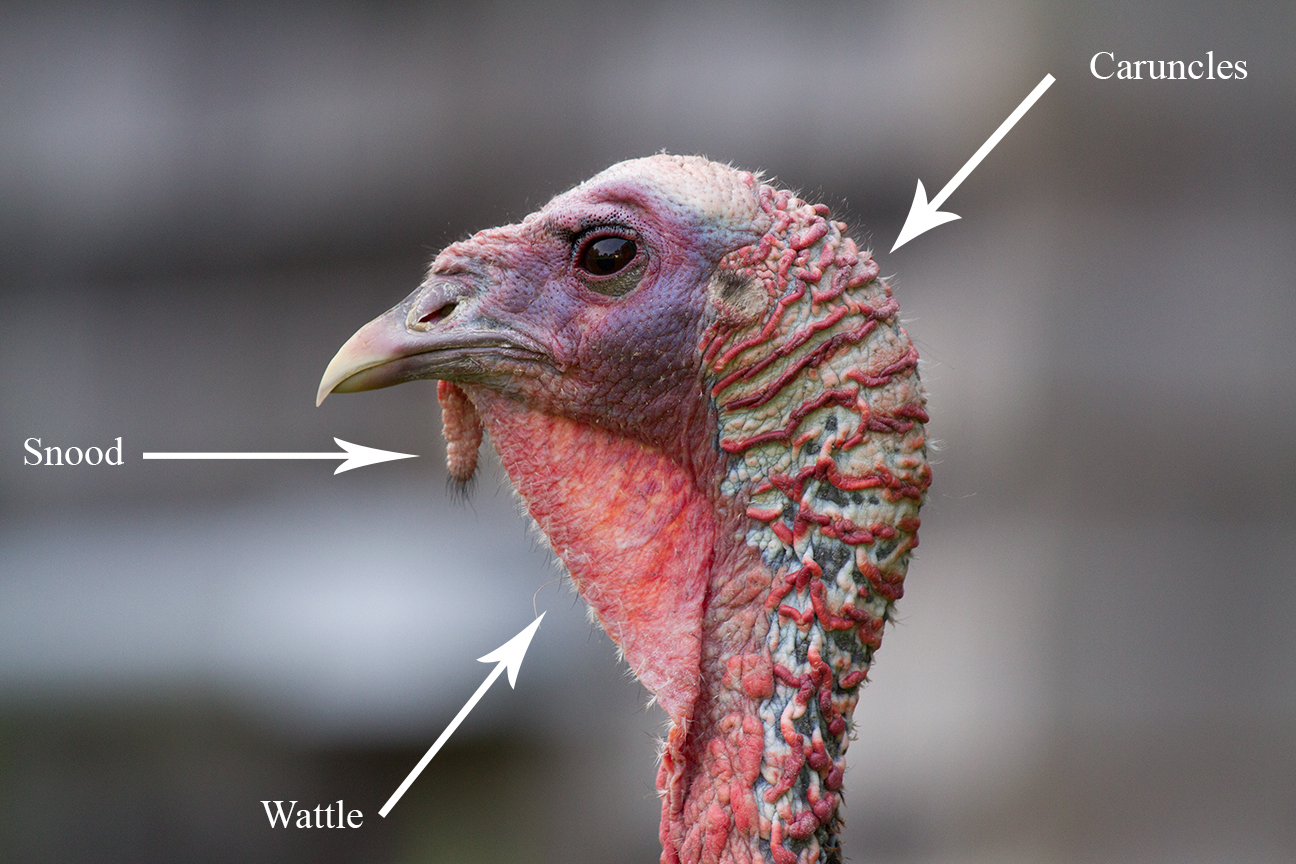|
South Llano River State Park
South Llano River State Park is a 2600 acre state park located along the South Llano River in Kimble County, Texas. The park opened to the public in 1990 and is managed by the Texas Parks and Wildlife Department. History The park's land was donated by its previous owner, Walter Buck Jr., whose family had used the land for goat and sheep ranching and pecan harvesting. Nature and Wildlife Animals The park contains a diverse variety of wildlife. Common mammals include white-tailed deer, axis deer, black-tailed jackrabbit, porcupine, ringtail, fox squirrel, gray fox and nine-banded armadillo. The venomous western diamondback rattlesnake, and coral snake exist in the park. Monarch butterfly migrate through the park in October and wild turkey come to roost from October through March. There are four bird blinds in the park. Birdwatchers have recorded more than 250 species over the years. Common birds sighted in the park include northern cardinal, northern mockingbird, white-win ... [...More Info...] [...Related Items...] OR: [Wikipedia] [Google] [Baidu] |
Kimble County, Texas
Kimble County is a county located on the Edwards Plateau in the U.S. state of Texas. As of the 2020 census, its population was 4,286. Its county seat is Junction. The county was created in 1858 and organized in 1876. It is named for George C. Kimble, who died at the Battle of the Alamo. History Early years Prior to the arrival of foreign settlers, the area that later became Kimble County was inhabited by several Native American groups, including the Comanche, Kiowa, Kiowa Apache, and Lipan Apache. The first Europeans to encounter the area were the Spanish, who led several campaigns against the local Indian tribes in the mid-18th century. In 1808, Spanish Captain Francisco Amangual commanded a military expedition from San Antonio to Santa Fe and mapped a road, which passed through what is now Kimble County. The area was first mentioned in Republic of Texas documents in 1842, when about 416,000 acres of the present county were included in the Fisher–Miller Land Grant, wh ... [...More Info...] [...Related Items...] OR: [Wikipedia] [Google] [Baidu] |
Gray Fox
The gray fox (''Urocyon cinereoargenteus''), or grey fox, is an omnivorous mammal of the family Canidae, widespread throughout North America and Central America. This species and its only congener, the diminutive island fox (''Urocyon littoralis'') of the California Channel Islands, are the only living members of the genus ''Urocyon'', which is considered to be genetically basal to all other living canids. Its species name ''cinereoargenteus'' means " ashen silver". It was once the most common fox in the eastern United States, and though still found there, human advancement and deforestation allowed the red fox to become the predominant fox-like canid. Despite this post-colonial competition, the gray fox has been able to thrive in urban and suburban environments, one of the best examples being southern Florida. The Pacific States and Great Lakes region still have the gray fox as their prevalent fox. Etymology The genus ''Urocyon'' comes from the Latin 'uro' meaning tail, an ... [...More Info...] [...Related Items...] OR: [Wikipedia] [Google] [Baidu] |
Red-tailed Hawk
The red-tailed hawk (''Buteo jamaicensis'') is a bird of prey that breeds throughout most of North America, from the interior of Alaska and northern Canada to as far south as Panama and the West Indies. It is one of the most common members within the genus of ''Buteo'' in North America or worldwide. The red-tailed hawk is one of three species colloquially known in the United States as the " chickenhawk", though it rarely preys on standard-sized chickens. The bird is sometimes also referred to as the red-tail for short, when the meaning is clear in context. Red-tailed hawks can acclimate to all the biomes within their range, occurring on the edges of non-ideal habitats such as dense forests and sandy deserts.Preston, C. R. (2000). ''Red-tailed Hawk''. Stackpole Books. The red-tailed hawk occupies a wide range of habitats and altitudes, including deserts, grasslands (from small meadows to the treed fringes of more extensive prairies), coniferous and deciduous forests, agricultur ... [...More Info...] [...Related Items...] OR: [Wikipedia] [Google] [Baidu] |
Black Vulture
The black vulture (''Coragyps atratus''), also known as the American black vulture, Mexican vulture, zopilote, urubu, or gallinazo, is a bird in the New World vulture family whose range extends from the northeastern United States to Peru, Central Chile and Uruguay in South America. Although a common and widespread species, it has a somewhat more restricted distribution than its compatriot, the turkey vulture, which breeds well into Canada and south to Tierra del Fuego. It is the only extant member of the genus ''Coragyps'', which is in the family Cathartidae. Despite the similar name and appearance, this species is unrelated to the Eurasian black vulture, an Old World vulture in the family Accipitridae (which includes eagles, hawks, kites, and harriers). It inhabits relatively open areas which provide scattered forests or shrublands. With a wingspan of , the black vulture is a large bird, though relatively small for a vulture. It has black plumage, a featherless, grayish-bl ... [...More Info...] [...Related Items...] OR: [Wikipedia] [Google] [Baidu] |
Inca Dove
The Inca dove or Mexican dove (''Columbina inca'') is a small New World dove. The species was first described by French surgeon and naturalist René Lesson in 1847. It reaches a length of and weighs . The Inca dove has an average wingspan of 28.5 cm and a max wingspan of 32 cm. It is a slender species, with a gray-brown body covered in feathers that resemble a scaled pattern. The tail is long and square and edged with white feathers that may flare out in flight. The underwings are reddish, like other ground doves, and upon takeoff, the wings produce a distinctive, quiet rattling noise. Distribution and habitat The Inca dove ranges from Costa Rica in the south to the American Southwest in the north and is often common to abundant in suitable habitat. Its range has been expanding northward and southward the past few decades.Kannan, R. J. L. Jackson, and E. Brooks. 2019. History and Current Status of the Inca Dove (Columbina inca) in Arkansas. J. Arkansas Academy of Science 73: 65 ... [...More Info...] [...Related Items...] OR: [Wikipedia] [Google] [Baidu] |
White-winged Dove
The white-winged dove (''Zenaida asiatica'') is a dove whose native range extends from the Southwestern United States through Mexico, Central America, and the Caribbean. They are large for doves, and can be distinguished from similar doves by the distinctive white edge on their wings. They have a blue eyering, and red eyes. The plumage is brownish-gray to gray. Juveniles are duller in color, and have brown eyes. The call is likened to English phrase "who cooks for you". There are three subspecies. It was first described by George Edwards in 1743, and given its binomial name by Linnaeus in 1756. It was moved into the genus ''Zenaida'' in 1838. They inhabit a variety of environments, including desert, scrub, and urban. Their diet consists mostly of grains, but will also include pollen and nectar, especially from the saguaro cactus, which is a vital source of water. The expansion of humans has greatly affected the white-winged dove. Prior to human presence, their range closely ... [...More Info...] [...Related Items...] OR: [Wikipedia] [Google] [Baidu] |
Northern Mockingbird
The northern mockingbird (''Mimus polyglottos'') is a mockingbird commonly found in North America. This bird is mainly a permanent resident, but northern birds may move south during harsh weather. This species has rarely been observed in Europe. This species was first described by Carl Linnaeus in his 1758 10th edition of ''Systema Naturae'' as ''Turdus polyglottos''. The northern mockingbird is known for its mimicking ability, as reflected by the meaning of its scientific name, "many-tongued thrush". The northern mockingbird has gray to brown upper feathers and a paler belly. Its tail and wings have white patches which are visible in flight. The northern mockingbird is an omnivore, eating both insects and fruits. It is often found in open areas and forest edges but forages in grassy land. The northern mockingbird breeds in southeastern Canada, the United States, northern Mexico, the Bahamas, the Cayman Islands and the Greater Antilles. It is replaced further south by its closes ... [...More Info...] [...Related Items...] OR: [Wikipedia] [Google] [Baidu] |
Northern Cardinal
The northern cardinal (''Cardinalis cardinalis'') is a bird in the genus ''Cardinalis''; it is also known colloquially as the redbird, common cardinal, red cardinal, or just cardinal (which was its name prior to 1985). It can be found in southeastern Canada, through the eastern United States from Maine to Minnesota to Texas, New Mexico, southern Arizona, southern California, and south through Mexico, Belize, and Guatemala. It is also an introduced species in a few locations such as Bermuda and Hawaii. Its habitat includes woodlands, gardens, shrublands, and wetlands. The northern cardinal is a mid-sized songbird with a body length of . It has a distinctive crest on the head and a mask on the face which is black in the male and gray in the female. The male is a vibrant red, while the female is a reddish olive color. The northern cardinal is mainly granivorous, but also feeds on insects and fruit. The male behaves territorially, marking out his territory with song. During courtshi ... [...More Info...] [...Related Items...] OR: [Wikipedia] [Google] [Baidu] |
Birdwatching
Birdwatching, or birding, is the observing of birds, either as a recreational activity or as a form of citizen science. A birdwatcher may observe by using their naked eye, by using a visual enhancement device like binoculars or a telescope, by listening for bird sounds, or by watching public webcams. Most birdwatchers pursue this activity for recreational or social reasons, unlike ornithologists, who engage in the study of birds using formal scientific methods. Birding, birdwatching, and twitching The first recorded use of the term ''birdwatcher'' was in 1901 by Edmund Selous; ''bird'' was introduced as a verb in 1918. The term ''birding'' was also used for the practice of ''fowling'' or hunting with firearms as in Shakespeare's '' The Merry Wives of Windsor'' (1602): "She laments sir... her husband goes this morning a-birding." The terms ''birding'' and ''birdwatching'' are today used by some interchangeably, although some participants prefer ''birding'', partly because it ... [...More Info...] [...Related Items...] OR: [Wikipedia] [Google] [Baidu] |
Bird Hide
A bird hide (blind or bird blind in North America) is a shelter, often camouflaged, that is used to observe wildlife, especially birds, at close quarters. Although hides or hunting blinds were once built chiefly as hunting aids, they are now commonly found in parks and wetlands for the use of birdwatchers, ornithologists and other observers who do not want to disturb wildlife as it is being observed. A typical bird hide resembles a garden shed, with small openings, shutters, or windows built into at least one side to enable observation. However, because birds do not recognize humans as predatory threats unless the human is standing in the open, a bird blind can be little more than a large shed open on one side in which birders stand, and motor vehicles are effective blinds even with the windows open. Variants Types of bird hide include: * tower hides, which have multiple stories and allow observations over large areas. * bird blinds, which are screens similar to one wall of a ty ... [...More Info...] [...Related Items...] OR: [Wikipedia] [Google] [Baidu] |
Wild Turkey
The wild turkey (''Meleagris gallopavo'') is an Upland game bird, upland ground bird native to North America, one of two extant species of Turkey (bird), turkey and the heaviest member of the order Galliformes. It is the ancestor to the domestic turkey, which was originally derived from a southern Mexican subspecies of wild turkey (not the related ocellated turkey). Description Adult wild turkeys have long reddish-yellow to grayish-green legs. The body feathers are generally blackish and dark, sometimes grey brown overall with a coppery sheen that becomes more complex in adult males. Adult males, called toms or gobblers, have a large, featherless, reddish head, red throat, and red Wattle (anatomy), wattles on the throat and neck. The head has fleshy growths called Caruncle (bird anatomy) , caruncles. Juvenile males are called jakes; the difference between an adult male and a juvenile is that the jake has a very short beard and his tail fan has longer feathers in the middle. Th ... [...More Info...] [...Related Items...] OR: [Wikipedia] [Google] [Baidu] |
Monarch Butterfly
The monarch butterfly or simply monarch (''Danaus plexippus'') is a milkweed butterfly (subfamily Danainae) in the family Nymphalidae. Other common names, depending on region, include milkweed, common tiger, wanderer, and black-veined brown. It is amongst the most familiar of North American butterflies and an iconic pollinator, although it is not an especially effective pollinator of milkweeds. Its wings feature an easily recognizable black, orange, and white pattern, with a wingspan of . A Müllerian mimic, the viceroy butterfly, is similar in color and pattern, but is markedly smaller and has an extra black stripe across each hindwing. The eastern North American monarch population is notable for its annual southward late-summer/autumn instinctive migration from the northern and central United States and southern Canada to Florida and Mexico. During the fall migration, monarchs cover thousands of miles, with a corresponding multigenerational return north in spring. The western ... [...More Info...] [...Related Items...] OR: [Wikipedia] [Google] [Baidu] |











